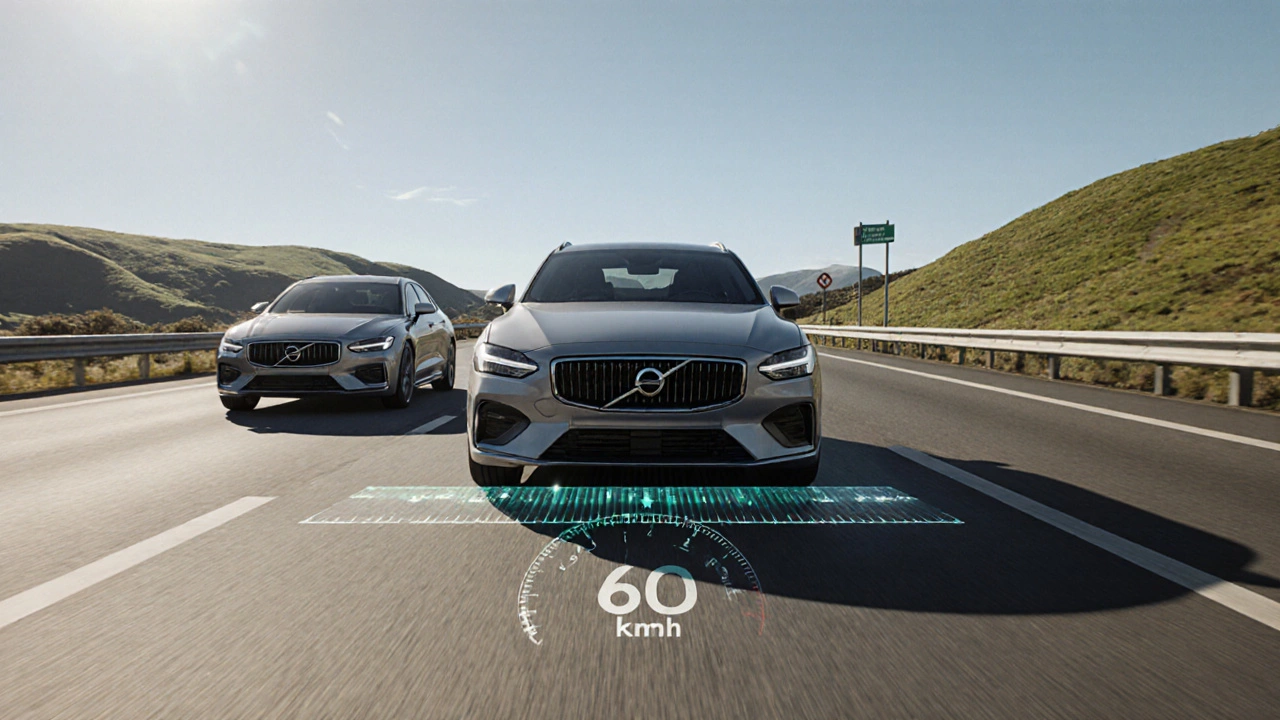Safe Stopping Distance: What Every HGV Driver Must Know
When working with Safe stopping distance, the total length a vehicle needs to come to a complete halt after the driver perceives a hazard and applies the brakes. Also known as stopping distance, it combines the driver’s reaction and the vehicle’s braking performance. Understanding this helps you keep a safe gap on the road and avoid costly accidents.
One key piece of the puzzle is Reaction time, the interval between spotting a danger and moving your foot to the brake. It’s influenced by fatigue, age, and even how stressed you feel that day. Safe stopping distance therefore depends on how quickly you can react, which directly links to the overall distance you’ll travel before the vehicle even starts to slow down.
The next component is Braking distance, the distance covered after the brakes are applied until the vehicle stops. Good tires, well‑maintained brakes, and proper load distribution shrink this number. For a heavy goods vehicle, the braking distance can swell dramatically if the brakes are worn or the load is unbalanced, making the overall stopping distance much longer.
Speed plays a huge role, too. Vehicle speed, how fast the vehicle is traveling at the moment a hazard appears, multiplies both reaction and braking distances. Double the speed roughly quadruples the stopping distance, so keeping to legal limits isn’t just about fines – it’s about keeping that combined distance manageable.
Then there’s the environment. Road conditions, factors like wet surfaces, gravel, ice, or even strong winds that affect grip, can shave seconds off your reaction and add metres to your braking path. Adjusting your following distance to match the road’s grip level is a simple habit that dramatically improves safety.
For HGV drivers, these elements combine into a single formula you can apply every day: reaction time + braking distance = safe stopping distance, and each factor is tugged by speed, weight, and road conditions. Below you’ll find a collection of articles that break down each piece, offer practical tips for maintaining your vehicle, and show how to calculate the distances you need in real‑world driving. Dive in to sharpen your knowledge and keep your journeys safe.
- October 9 2025
- 0 Comments
- Rowan Cavendish
How Far Should You Stop Behind a Car? Safe Stopping Distance Guide
Learn the NZ‑approved safe stopping distance behind a car, how speed, road, weather and vehicle type affect it, and get practical tips to stay clear of rear‑end crashes.
- Driving Lessons (41)
- HGV Training (31)
- Driving Test Tips (30)
- Driving Test Booking (26)
- Driving Licence Renewal (23)
- Driving Theory Test (21)
- Pass Plus Course (15)
- Driving Tips (15)
- Intensive Driving Course (15)
- Driver Licensing (14)
Categories
- December 2025 (9)
- November 2025 (13)
- October 2025 (21)
- September 2025 (5)
- August 2025 (8)
- July 2025 (30)
- June 2025 (30)
- May 2025 (30)
- April 2025 (31)
- March 2025 (30)
- February 2025 (28)
- January 2025 (34)
Archives
- driving lessons
- driving test
- driving tips
- driving test tips
- intensive driving course
- HGV training
- learn to drive
- driving theory test
- driver training
- driving test booking
- pass driving test
- HGV driving
- road safety
- driving license renewal
- Virginia driving test
- learner drivers
- safe driving
- Virginia driver's license
- driving license
- learning to drive

